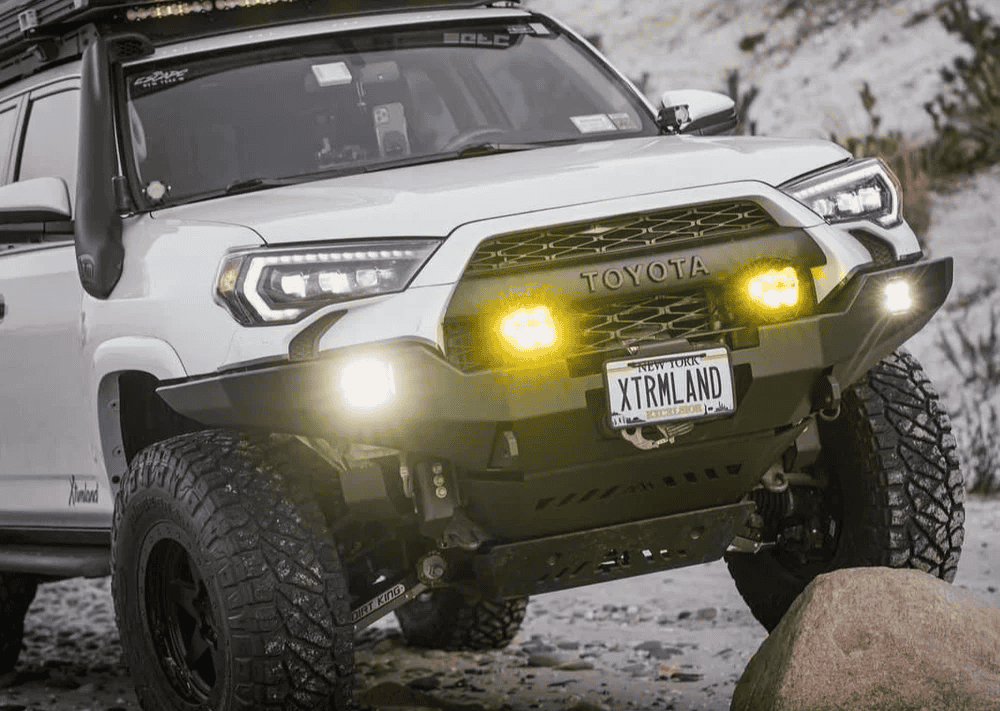Overland Vehicles

An overland fridge freezer changes how you plan meals and miles. Compressor driven units hold tight temperatures across rough roads, which keeps protein safe and greens crisp. Unlike ice chests, there is no melt water to drain and no soggy packaging to toss. That reliability means fewer town stops and more time on dirt. For longer routes, a well tuned setup can cut food waste and expand your cooking options.
Most travel units use a variable speed compressor that sips power once chilled. Typical daily consumption ranges with ambient heat, insulation thickness, and how often you open the lid. Efficient models run directly on 12V DC and avoid the losses of an inverter. Look for smart compressors with soft start behavior and low surge so they play well with compact battery banks.
A simple rule saves weekends: protect the starter battery. Use the fridge low voltage cutoff and a dedicated fused circuit with adequate wire gauge to limit voltage drop. Many travelers add a house battery with a charge controller tied to alternator or solar so the fridge never starves. Good connections, clean grounds, and thoughtful cable routing matter as much as the fridge itself.
A stable base keeps slides smooth and lids aligned. In an SUV, a low, centered mount preserves rear visibility and handling. Upfitters often add tie downs, simple risers for ventilation, and a slide with a locking latch so the fridge stays planted off camber. Keep a few inches of space at the compressor end for airflow and easier service.
A dual zone fridge gives two independent chambers so you can chill drinks and freeze meat at the same time. Some units use one compressor with a smart valve while others run twin compressors for faster pull down. The best configuration for you depends on how much frozen storage you actually need versus fresh food volume. For daily use, many drivers set one side just above freezing for produce and dairy and keep the smaller side for long term items. When you do not need a freezer, both zones can be set to fridge temps to maximize usable space.
Common sizes run from the mid thirties in liters to big family units near eighty. A compact SUV fridge typically fits the mid forties while larger trucks and vans can take deeper footprints. Measure the cargo opening, seat back clearance, and hatch angle so the lid can open fully. Consider how baskets, dividers, and interior lights impact real world organization when the vehicle is packed.
Thick insulation pays off in desert heat, and quality gaskets keep warm air out when doors cycle all day. Split lids reduce temperature loss by limiting the open area. Dark exteriors may absorb heat in the sun, so plan a light shade or mount behind tinted glass. A simple reflective cover can add performance and protect from trail rash.
Plan power like you plan water. A house battery sized for at least two days of fridge runtime gives a buffer for clouds or downtime. DC charging from the alternator can quickly top off while you drive, while solar extends your stay and keeps the system silent at camp. In shoulder seasons, a dual zone fridge will run less and stretch capacity even further.
Keep a small thermometer inside each chamber for quick checks. Aim near thirty five for perishables and zero for deep freeze. Pre chill contents at home to shorten pull down time. Group items by meal to limit open time and stack cold dense items low where temps are most stable.
Dust off condenser coils, clear vents, and wipe gaskets with mild soap. Rinse baskets after sandy trips. If your unit has a drain, open it over a catch pan to avoid mess on the trail. Store the fridge cracked open when not in use to prevent odors.
If your travel plan calls for a dual zone fridge, the install is where comfort meets reliability. Secure slides, correct wire size, a clear airflow path, and a clean power strategy turn a good cooler into a trustworthy system. For full vehicle builds that include power distribution, mounting, and cargo planning, see Overland Rigs. If you want tailored integration with slides, tie downs, and smart charging, explore our Custom Overland Upfit. To understand how we work and what to expect at handoff, visit Why Choose OZK Customs.
At OZK Customs, we build around your route, not just the spec sheet. Our team designs fridge placements for vans, trucks, and SUV cargo zones, builds wiring that stays cool under load, and sets charge profiles that match your battery chemistry. Tell us how you stock your dual zone portable refrigerator freezer and we will shape storage, airflow, and power so it just works when you roll out.
Ready to dial in your overland fridge freezer and the system that supports it? Reach out and let us blueprint mounts, slides, and power that match your travel style, then install and test it so you leave confident and trail ready.
Ready to add a reliable fridge system to your rig? OZK Customs designs and installs purpose built refrigeration with clean wiring, secure mounts, and dialed airflow. Tell us how you travel and we will build the power, slide, and storage around your fridge so it works every mile. Start your build plan today.
ADDRESS:
6159 E Huntsville Rd, Fayetteville, AR 72701
PHONE:
(479) 326-9200
EMAIL:
info@ozkvans.com